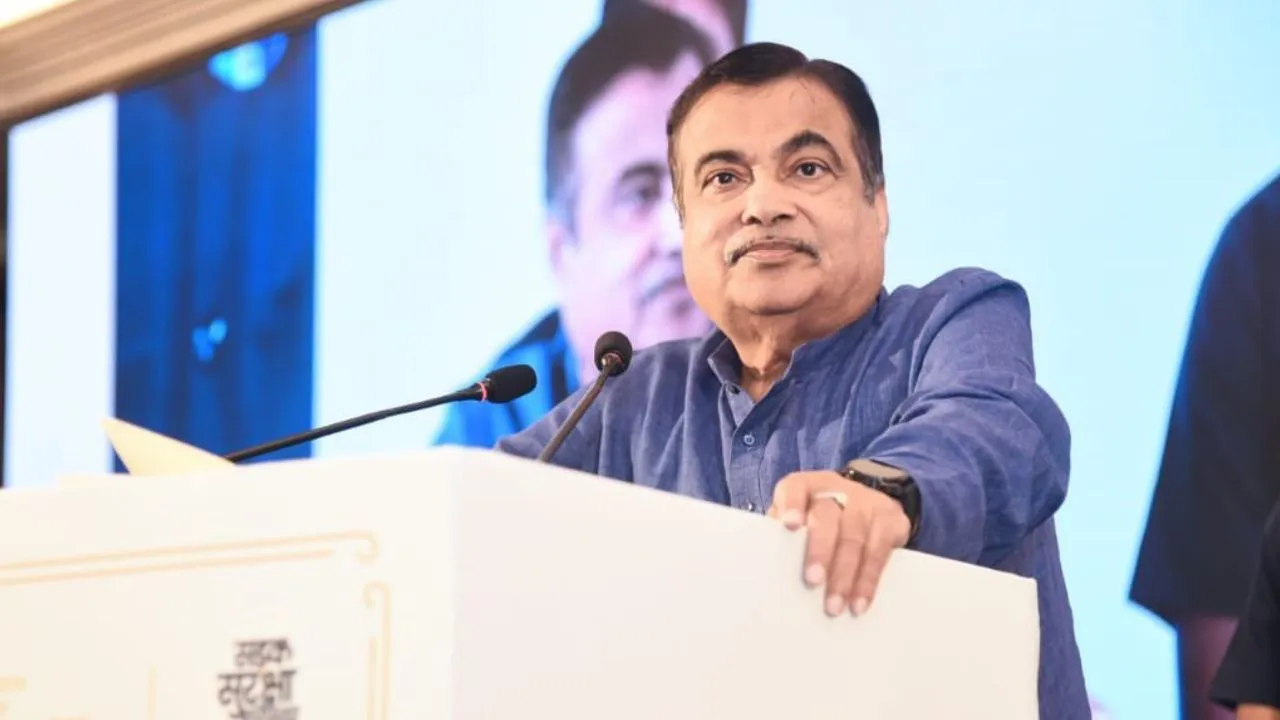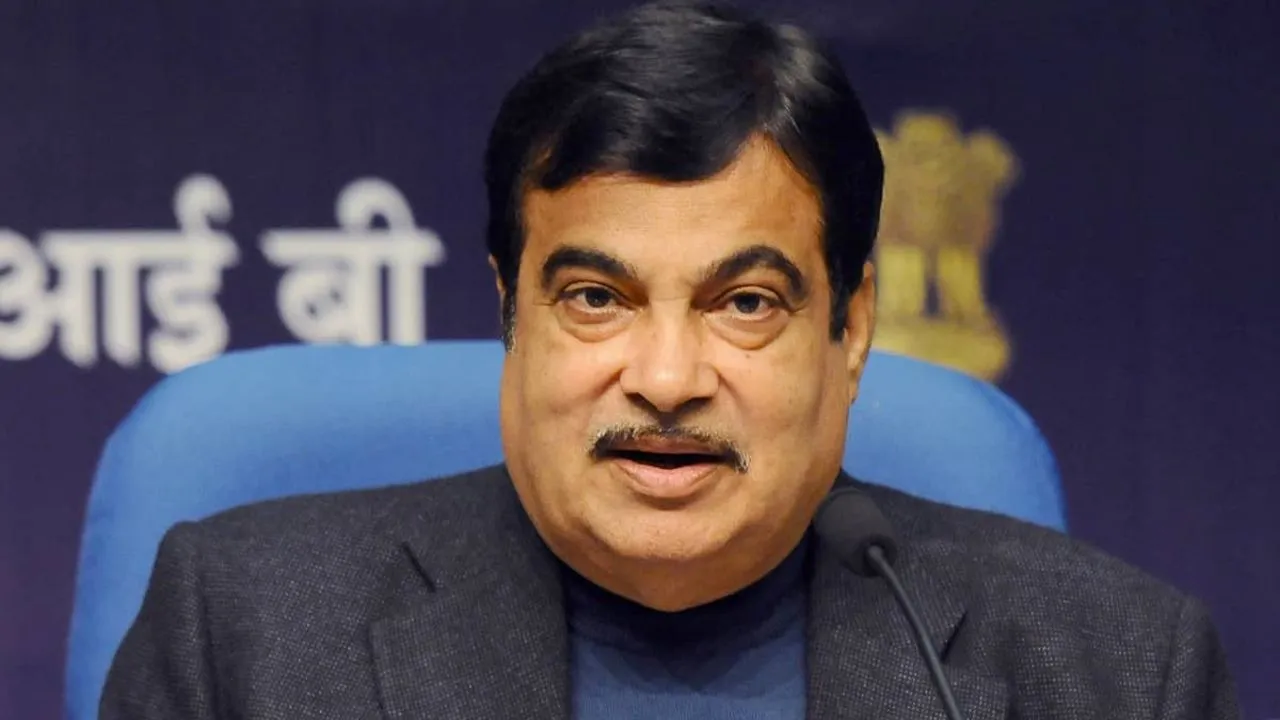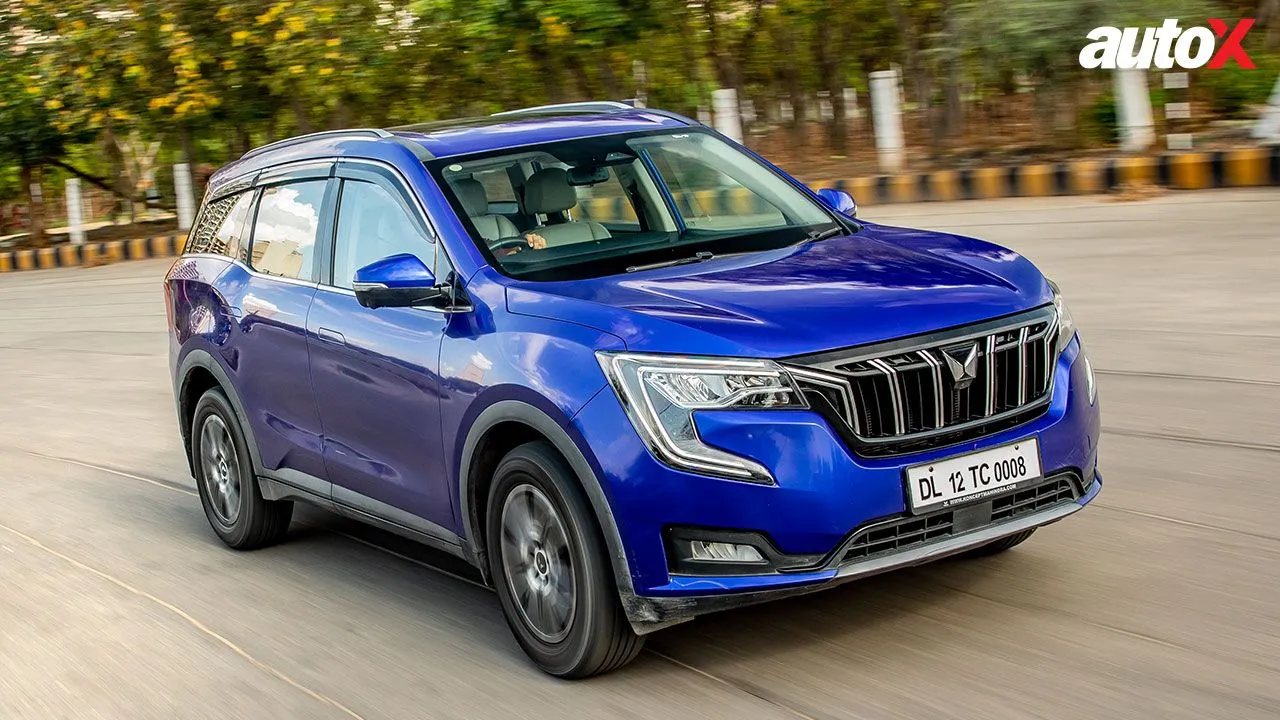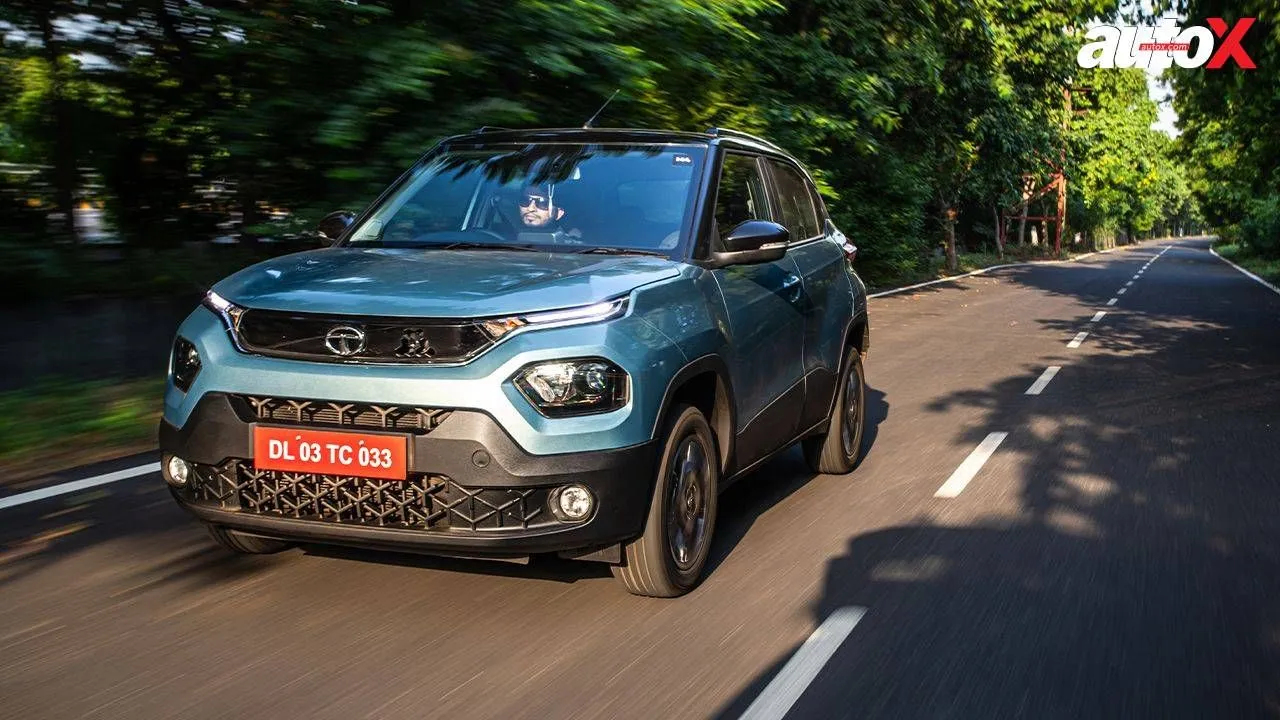GST Council announces 3 slabs for mid-size, luxury car & SUV price hike
The GST Council has announced hike in cess for mid-size cars at 2 per cent, luxury cars at 5 per cent and SUVs at 7 per cent.

The GST Council has announced hike in cess for mid-size cars at 2 per cent, luxury cars at 5 per cent and SUVs at 7 per cent.
After the Union Cabinet approved an ordinance for raising the Goods and Services Tax (GST) on mid-size and luxury cars as well as SUVs on the 30th of August 2017, the GST Council has now announced three slabs for raising GST cess on mid-size to large cars.
From here on, mid-size cars will bear an additional 2 per cent cess over the earlier 43 per cent tax levied by the first round of the GST tax structure. Meanwhile, GST tax rate for luxury cars has gone up by 5 per cent which means taxes now stand at 48 per cent. SUVs take the highest hit in the rise in tax through GST with a hike in taxation of 7 per cent, this means the GST tax slab for these high riding cars now stands at 50 per cent.
Tax slabs for small cars has not been changed from the 29 – 31 per cent taxation announced in the first round of GST price implementation. Taxation on 13 seater vehicles and hybrid cars has not been changed either.
Here is a chart to give you a clear understanding of the change in taxes on cars from the pre-GST era to the current revision in prices.
| Vehicle Type | Pre-GST tax | Post-GST tax | Post-GST price revision |
| Small (<4m length) | 26%-35.5% | 29%-31% | 29%-31% |
| Mid-size (<1.5-litre engine) | 40.5%-48.5% | 43% | 45% |
| Premium (>4m length, >1.5-litre engine) | 44.5%-51.6% | 43% | 48% |
| SUV (>170mm ground clearence) | 47.5%-55% | 43% | 50% |
Since the August 30 announcement of approval for GST cess hike by 10 per cent for luxury cars and SUVs, the government met with a lot of criticism from car makers in India. However, considering the lower rate of tax hike, it would appear that the GST council had taken these concerns into consideration.
That said, as a result of this announcement some luxury car makers have criticized the government for hiking duties as it will have a negative impact on sales.
Here is what some of them had to say.
"The taxes on this industry were already very high and we expected the unfulfilled potential of this segment to increase after the implementation of GST and rationalization of taxes. Even if the rumoured cess hike of 10% was not concluded, the prices will go up again, which is disappointing. We will need to study the impact of this hike on the buyer sentiment,” said, Rahil Ansari, Head, Audi India.
Roland Folger, MD & CEO, Mercedes?Benz India, commented on the matter by saying, “The decision to increase the Cess yet again is very unfortunate and totally overlooks the contribution we make to the industry and to the economy. Though luxury car industry’s volume contribution is very low, our value wise contribution is much higher and that has immense potential to grow even more in the future, had there been fair taxation. However, by continuous taxation of the segment, the overall revenue generation is going to be hurt, as the increase in price is going to hurt demand. It seems the contribution of luxury car industry to the total PV market in India will remain constricted, though in the other developed economies, it is on a higher side and continues to rise gradually. With this increase in Cess now, the prices are bound to leap back to the pre-GST regime, in some cases higher than the pre-GST regime, thus negating altogether the benefits of GST regime. ”
"While the increase in cess will impact consumer demand, investment and job creation, we are glad that the Government and GST Council took note of our concerns and somewhat moderated the increase in cess.
Since the GST implementation on 1st July, we were witnessing increase in demand for Jaguar and Land Rover brands and we are hopeful that this will continue in future as well," said, Rohit Suri, President and Managing Director, Jaguar Land Rover.








Write your Comment on